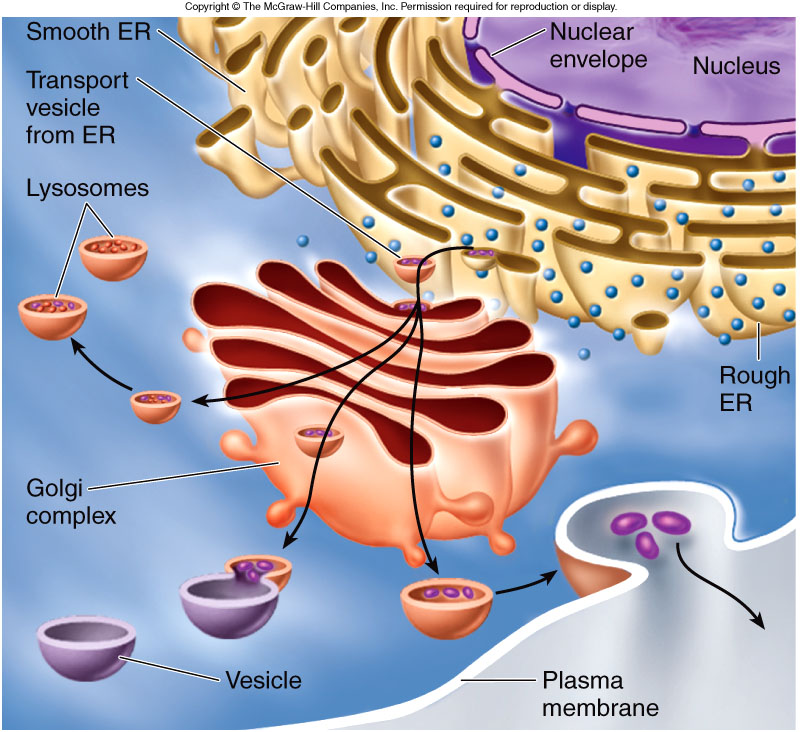This week in AP Biology we did a lab over osmosis. Last week
we learned osmosis is a type of diffusion, but it only applies to water. The
definition of osmosis is the diffusion of water across a selectively permeable
membrane.
There are three terms often mentioned when dealing with
osmosis and they are hypertonic, hypotonic, and isotonic. Hypertonic is the
solution when comparing two solutions has the higher concentration gradient.
When cells are placed in hypertonic solutions the water in the cell will rush
out of the cell, and the cell will start to shrivel up. In plants this causes
plasmolysis, which is when the plasma membrane detaches from the cell wall.
Salt water is hypertonic to the cell in our bodies, so if you are ever
dehydrated salt water will not hydrate you but will dehydrate you faster. A hypotonic solution is the solution when
comparing two solutions has the lower gradient concentration. Cell placed in a
hypotonic solution will most likely bust because the water rushes into the cell
because of osmosis, except in plant cells. The cells in plants like to be in a
hypotonic solution because it keeps the cell turgid. An isotonic solution is
when comparing two solutions and them having the same concentration gradient.
This is how people want their cells to be at most times. In plant cells though,
this is not the prime environment for the cells. Plant cells in an isotonic
solution become flaccid which causes the plant to look wilted.
The lab we did was centered around these terms and how the solutions affect cells.


